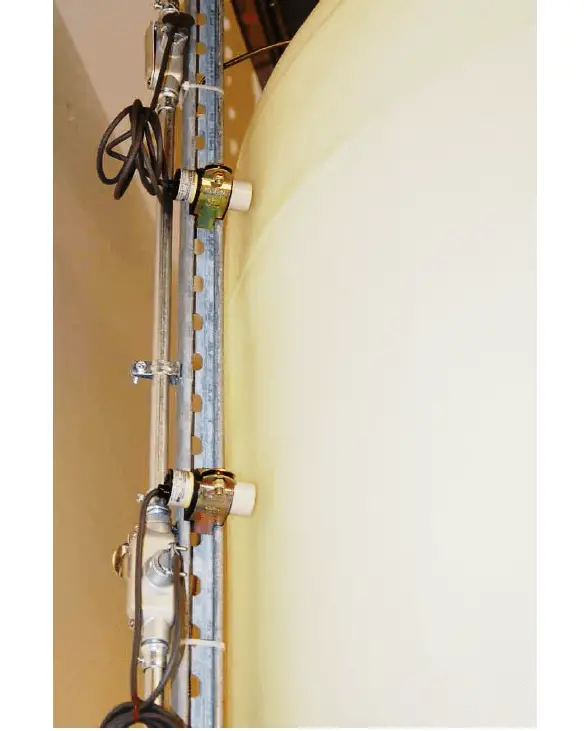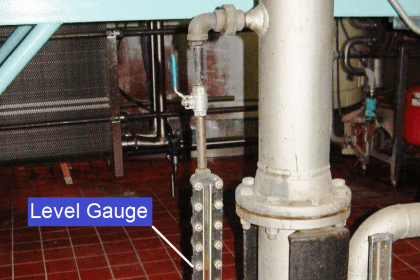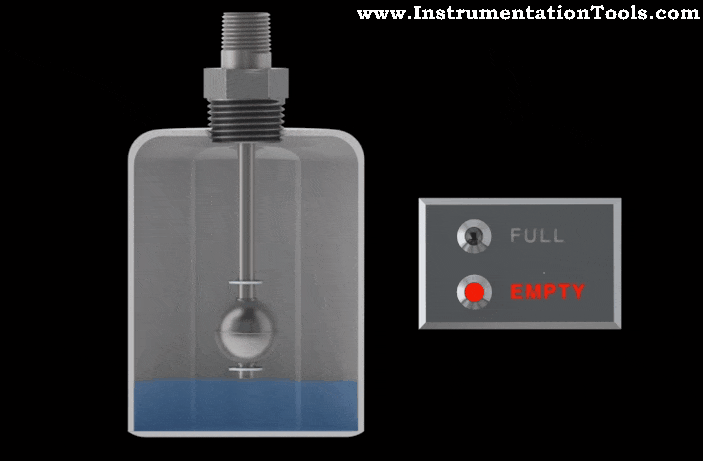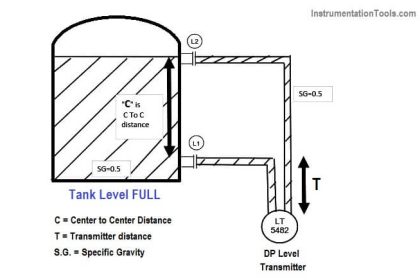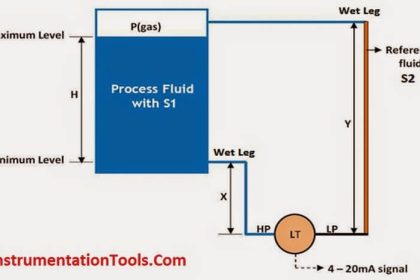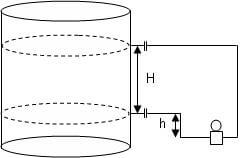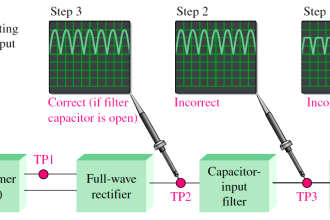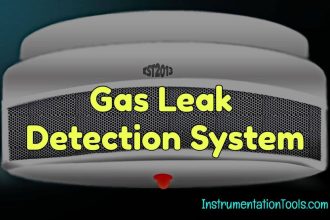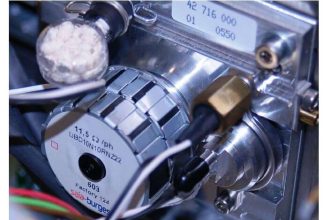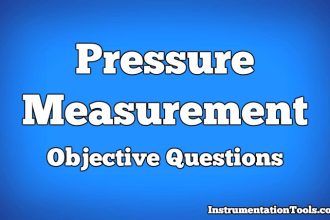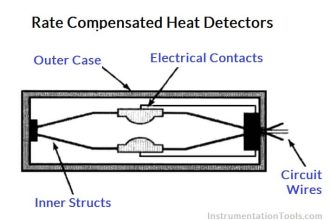Another electronic liquid level switch technology is capacitive:
Sensing level by changes in electrical capacitance between the switch and the liquid.
The following photograph shows a couple of capacitive switches sensing the presence of water in a plastic storage vessel:
Capacitive Level Switch
Advantages
Capacitance techniques are capable of operation at extremes of temperature and pressure.
They work well for materials that won’t leave a coating. Usually only a single tank penetration is required.
Disadvantages
Capacitance systems are intrusive. Have problems with varying dielectric materials and those media’s, that coat the sensing element. Thus users are normally limited to water-like media.
Even acids and caustics that don’t appear to coat the sensing element are so conductive that the thin film they leave can cause serious errors in measurement.
Practical Notes
Most users’ realise the limitations of Capacitance level measurement, such as the large errors caused by coatings. This has led to a decrease in the number of these systems in operation.
Other technologies such as FMCW radar and in particular RF Admittance have now gained acceptance due to high levels of reliability and accuracy.
Articles You May Like :
Difference Between SCADA & HMI
